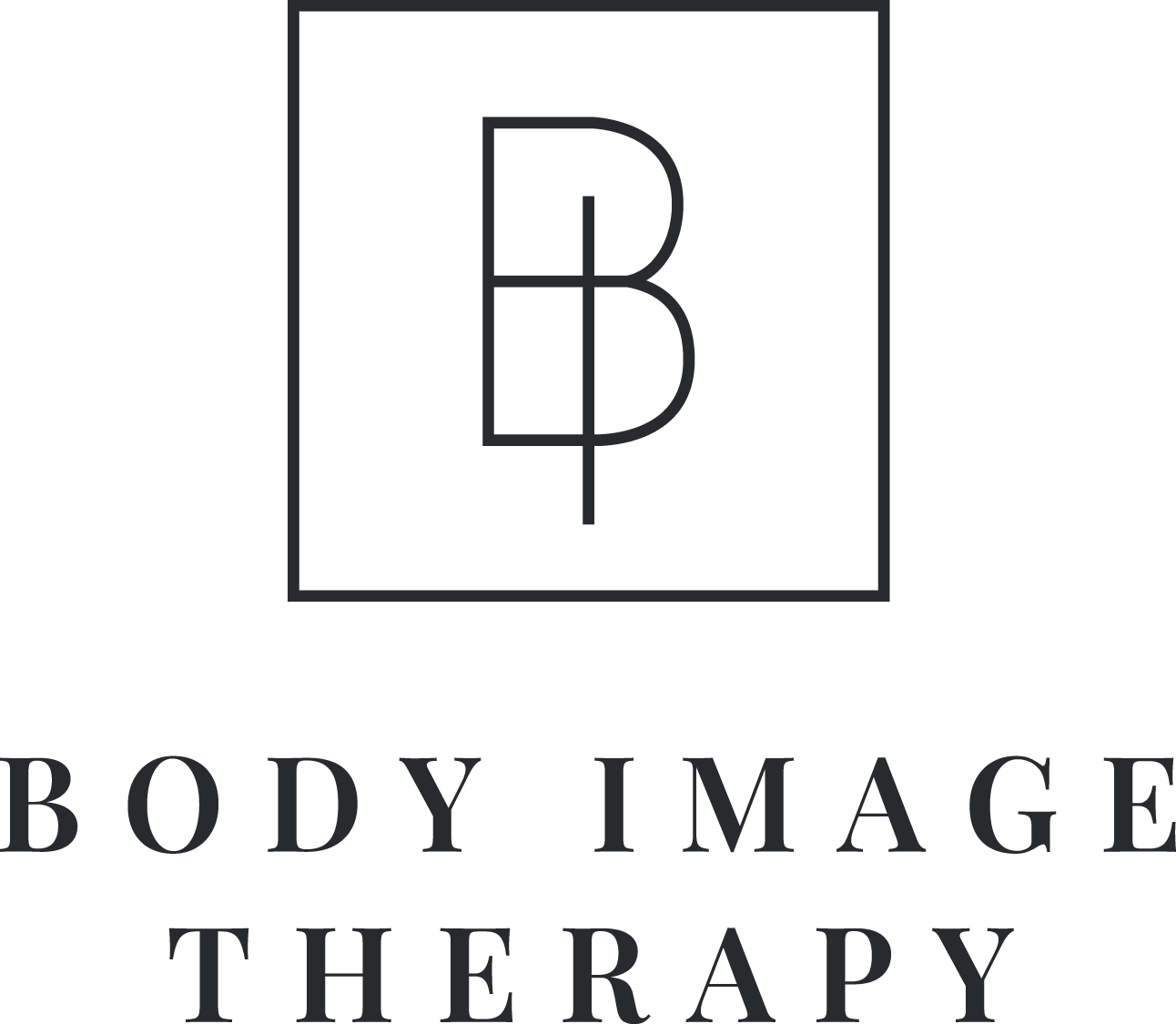
4 Ways to Improve your Body Image

How Body Image Develops
We begin learning about what we look like from a young age. We collect feedback from family and peers about our appearance. As we go through the lifespan the breadth of feedback increases to include views on: cultural body norms, ideal bodies, sexual attractiveness, age-related changes, disability, illness, what is an acceptable/unacceptable body, thinness, fatness, femininity, masculinity.
Impact of Body Image
Body image can have a profound effect on an individual’s physical and psychological health. Poor body image can inhibit us from exercising or cause extreme exercising, result in disordered eating, damage our self-esteem and relationships and ignite the pursuit of an unattainable body ideal.
The 4 Components of Body Image
Although body image is developed through external factors it is an internal phenomenon involving:
1. A mental representation of what we think we look like.
This is not what we actually look like but the image we have in our mind’s eye. It is often distorted (but sometimes not). We can see ourselves as fatter/thinner than we are or that our nose is much larger than it is.
2. Thoughts about our appearance.
We can be self-critical and judgmental saying things such as, “I should be able to lose more weight/If I fix my nose then I’ll be happy”. These assumptions are often unrealistic. We can engage in mind-reading and assume that others are thinking negative things about our appearance.
3. Feelings about our appearance.
Our feelings are dependent on the thoughts we have about our bodies. Negative thoughts can cause difficult feelings such as disgust, hatred and shame.
4. How we behave towards our bodies.
Unhelpful behaviours may include excessive mirror checking, seeking reassurance, avoiding activities, restricting food or binge eating.
4 Ways to Improve Body Image
1.Focus on body functionality.
Move the focus away from appearance and onto what your body can do. Your body is capable of so much. It helps you communicate with others through hugs, smiles and speech. It allows you to paint or play a musical instrument. It facilitates engagement in movement such as, dancing, yoga, running & sports. Spend time each day considering what your body did for you and how you felt at the time. This cultivates a positive attitude towards our bodies.
2. Stop thinking and start sensing.
Instead of thinking about your body try tuning into your senses. Becoming sensually alive helps us value the great pleasures in life: a glorious rainbow, the crisp autumn wind on your cheeks, the idyllic peace in a cottage hideaway.
Sensory awareness can help us get to know our bodies better. If we don’t know what we’re experiencing in our bodies, we can’t help. We can confuse physical sensations for emotions. Take time to tune in and notice the difference between hunger and anxiety, fullness and guilt. This enables us to respond in more helpful ways.
3. Acceptance.
Accept that you have thoughts about not liking your body and this is okay. See if you can you allow these thoughts to come and go and simultaneously maintain a commitment to caring for your body in the best way (adequate sleep, nutrition and movement and socialising).
4. Increase the other areas of your life that contribute to your self-worth.
Appearance is one aspect of who you are. You can choose how big or small you want this part to be. Fast-forward to your last weeks on earth; will you wish you’d spent more time thinking about your appearance or more time creating a valuable life? Increase what you value whether that’s friendship, intimacy, spirituality, music, spending time outdoors…
